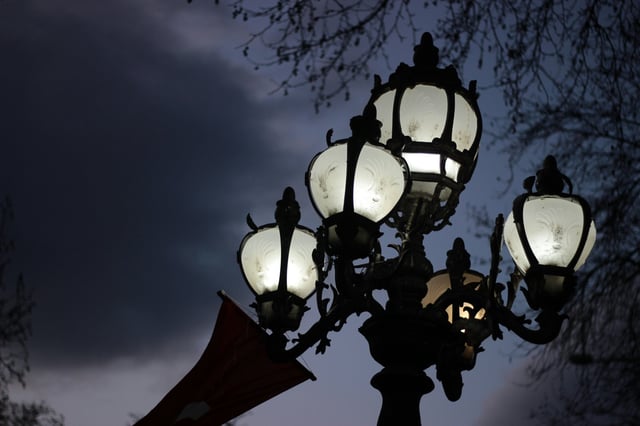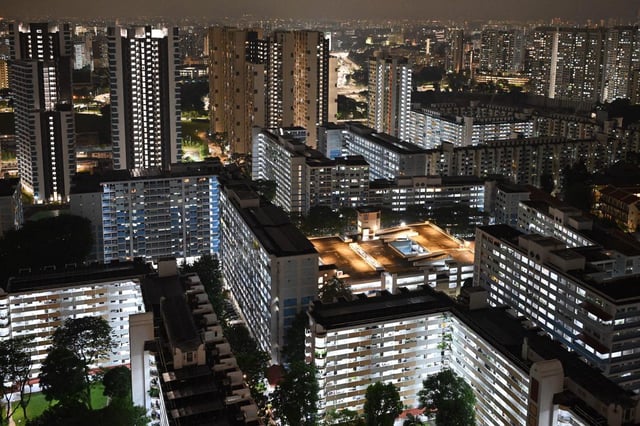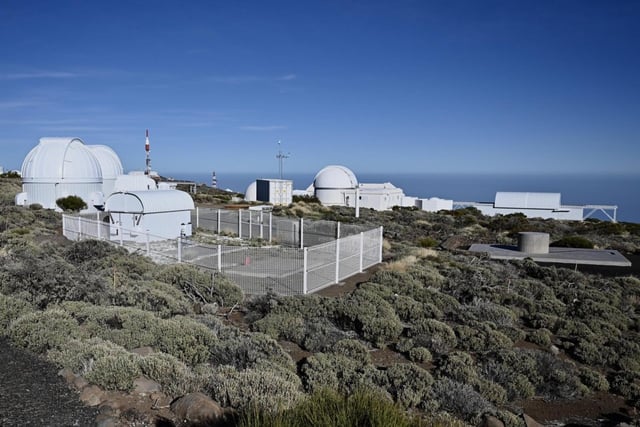Overview
- Human-produced light at night has been rising about 10% annually, driven by the rapid spread of energy-efficient LEDs.
- A 2025 German NightLights study revealed residential, commercial and other non-street lighting now outpace public streetlamps in urban skyglow contributions.
- Urban light domes can extend up to 200 miles from cities, and AES Chile’s proposed hydrogen plant near the European Southern Observatory risks degrading its protected darkness despite complying with national norms.
- High-energy blue-white LEDs scatter widely into the atmosphere, disrupting human sleep cycles and circadian rhythms and causing over 30% of insects drawn to lamps to perish before dawn.
- Pilot programs in County Mayo, Ireland and Newport achieved up to 50% reductions in local skyglow by adopting shielded fixtures, downward angles, warmer-hued bulbs and timers.



